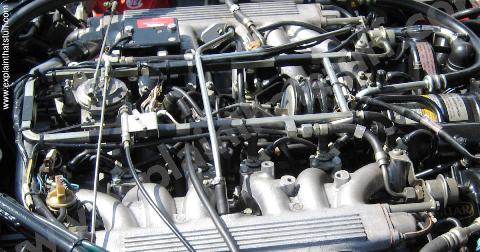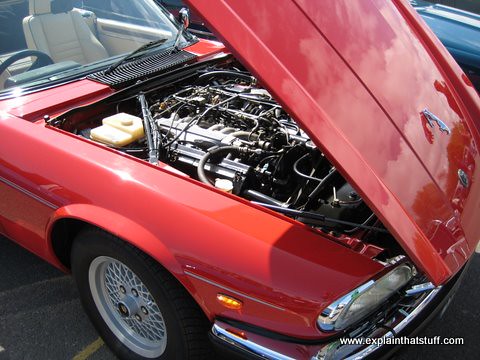Contents
– Lower engine: the principle of the engine
– Lower engine: constitution
– Lower engine: maintenance
– Lower engine: maintenance costs
The lower engine is a mechanic’s term for the lower part of the engine, but what exactly is it made of? Knowing the parts that make it up and how they can help you better maintain your car can prevent breakdowns.
Lower engine: engine principle
The engine that equips the majority of vehicles is a combustion engine. Its principle is to provoke combustion and to draw a maximum of energy from it to make the vehicle move.
To do this, it needs a chamber where air and fuel are injected and which is sealed during combustion: on one side, the piston compresses the mixture and, on the other, a cover, the cylinder head, covers the upper space tightly (the valves are then closed). On the piston side, this is the lower engine.
Lower engine: constitution
This lower part is made up, for each cylinder, of a mobile assembly and fixed components.
The moving part
It includes:
– the crankshaft and the flywheel, which transmit the rotational movement induced by combustion to the gearbox and the wheels;
– the connecting rod, whose role is to transform the linear translation movement of the piston into a rotational movement (crank principle) of the crankshaft;
– the piston and its rings, which alternately “suck in” the fresh gases into the cylinder, compress them for optimum combustion, and are subjected to the pressure force of this combustion to transmit it to the crankshaft.
The fixed parts
They are made up of:
– the cylinder or liner, a cylindrical part that receives the piston;
– the engine block or outer casing, which encloses the oil pipes and the cavities through which the cooling liquid flows;
– the lower crankcase or oil pan, which seals the lower engine and contains the oil reserve and the oil pump.
Lower engine: maintenance

An engine, particularly the lower engine, is designed to cover the normal life, i.e., 200,000 to 300,000 km. Nevertheless, this organ can encounter some reliability problems due to the malfunction and wear of certain parts.
The piston and its rings
Damage (pierced or damaged piston, worn rings) is often caused by a deficient parameter (filtration, injector, valves, shifted distribution…), leading to the replacement of parts.
The connecting rod
The connecting rod may have a problem of play at the level of its joints to the piston or crankshaft, thus emitting a characteristic operating noise. This defect can lead to the breakage of the connecting rod in the long run.
Following a shock between valves and piston, or the intrusion of the cooling liquid in the combustion chamber, it can “flare-up,” i.e., become deformed.
Its replacement is imperative.
The crankshaft
The crankshaft is a very robust component. However, the bearings, which allow it to rotate on its bearings or the connecting rod crankpins, can be destroyed, leading to its breakage at worst.
If the problem is caught in time, you can replace the bearings and the crankshaft rectified if necessary.
Hope you have liked this post. Remember to leave your comments below.
Read more:
– The Solution to Combat Engine Fouling
– Why Will You Remove the Catalyst Converter?
– A Guide to Understanding Automotive Mechanics
– Why Perform a Car Diagnostic?
– Increasing the Pressure of a Turbo (Part 1)
– What Is Ultrasonic Car Injector Cleaning?
– 4 Essential Tips to Clean a Car Injector

